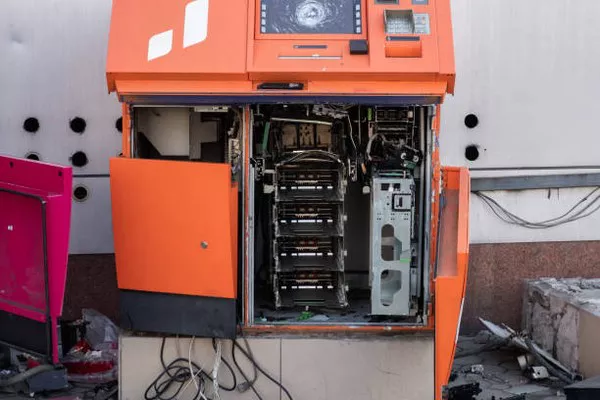In the realm of power generation, brushless generators stand out as marvels of engineering, offering efficiency, reliability, and durability. Unlike their brushed counterparts, brushless generators employ a unique design that eliminates the need for brushes and slip rings. In this article, we will delve into the inner workings of brushless generators, exploring the principles that drive their operation and the advantages they bring to various applications.
Basic Components and Structure
Brushless generators consist of several key components that work seamlessly to convert mechanical energy into electrical power. The core elements include the rotor, stator, rectifier, and voltage regulator.
Rotor and Stator:
At the heart of a brushless generator is the rotor, which is typically a set of powerful magnets mounted on the generator shaft. The stationary part surrounding the rotor is known as the stator, featuring a series of wire windings. As the rotor spins within the stator, it induces a flow of alternating current (AC) in the stator windings through the principle of electromagnetic induction.
Rectifier:
The alternating current generated in the stator windings is then passed through a rectifier, a device that converts AC into direct current (DC). This process is crucial for enabling the generator to produce a stable and consistent electrical output.
Voltage Regulator:
The voltage regulator plays a vital role in maintaining a steady and controlled output voltage. By monitoring the generator’s output, the voltage regulator adjusts the field current supplied to the rotor, ensuring a constant voltage under varying loads.
Operational Principles
The operation of brushless generators can be understood through a series of steps:
Initial Excitation: When the generator is started, an external power source, often a small battery or another power supply, is used to initiate the flow of current in the rotor windings. This initial excitation establishes a magnetic field around the rotor.
Rotor Rotation: As the rotor begins to spin, the magnetic field generated induces an alternating current in the stator windings. The speed of rotation is directly proportional to the frequency of the generated AC.
Rectification: The AC produced in the stator windings is then rectified into DC by the rectifier. This conversion is vital for producing a more stable and usable form of electrical power.
Voltage Regulation: The voltage regulator constantly monitors the output voltage and adjusts the field current supplied to the rotor to maintain a consistent voltage level. This dynamic regulation ensures a reliable and steady power supply under varying loads.
Advantages of Brushless Generators
Reduced Maintenance: One of the primary advantages of brushless generators is their minimal maintenance requirements. Traditional brushed generators rely on brushes and slip rings for electrical connection, leading to wear and tear over time. In contrast, brushless generators eliminate these components, resulting in reduced maintenance and longer operational lifespans.
Enhanced Efficiency: Brushless generators are known for their higher efficiency compared to brushed generators. The absence of brushes reduces friction and eliminates the associated energy losses, contributing to improved overall efficiency in power generation.
Better Reliability: With fewer moving parts and less susceptibility to wear, brushless generators offer enhanced reliability. This makes them particularly suitable for critical applications where uninterrupted power is crucial.
Compact Design: The design of brushless generators allows for a more compact and lightweight construction. This makes them ideal for applications where space is limited, such as in portable generators and certain industrial settings.
Applications of Brushless Generators
Brushless generators find applications across various industries due to their efficiency and reliability. Some notable applications include:
Standby Power Systems: Brushless generators are commonly used in standby power systems for hospitals, data centers, and other critical facilities. Their ability to provide reliable power during outages ensures the continuous operation of essential equipment.
Renewable Energy Systems: Brushless generators are integral components in renewable energy systems such as wind turbines and hydroelectric generators. Their efficiency and durability make them well-suited for harnessing clean energy from natural sources.
Construction and Mining: Portable brushless generators are widely used in construction and mining operations, providing on-site power for tools, lighting, and other equipment. The compact design and reliability make them indispensable in these dynamic environments.
See Also How Does a Permanent Magnet Generator Work?
Conclusion
In conclusion, the brushless generator stands as a pinnacle of engineering ingenuity, offering a reliable and efficient solution for power generation. Through the elimination of brushes and slip rings, these generators minimize maintenance requirements, enhance efficiency, and ensure a steady power supply. Whether supporting critical applications in hospitals or contributing to renewable energy systems, brushless generators continue to play a pivotal role in powering our modern world.

